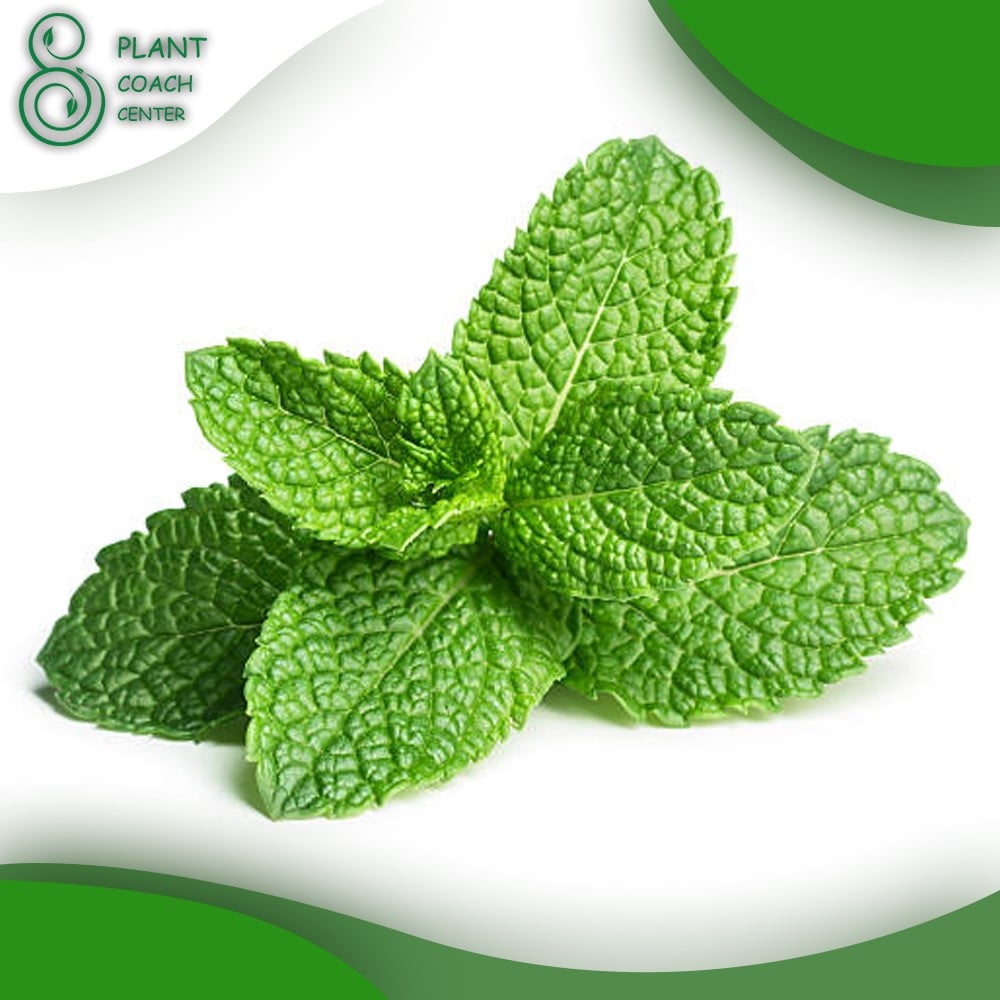When to Plant Mint
Planting mint at the right time is crucial for ensuring healthy growth and a bountiful harvest. In this comprehensive guide, we will explore the optimal timing for planting mint, factors influencing planting time, and essential care tips for successful cultivation. Whether you’re a gardening enthusiast or a culinary aficionado, understanding the ideal conditions for growing mint will help you enjoy its fresh aroma and flavorful leaves to the fullest. For additional resources and guidance, visit plantcoachcenter.com, a reliable source for plant enthusiasts.
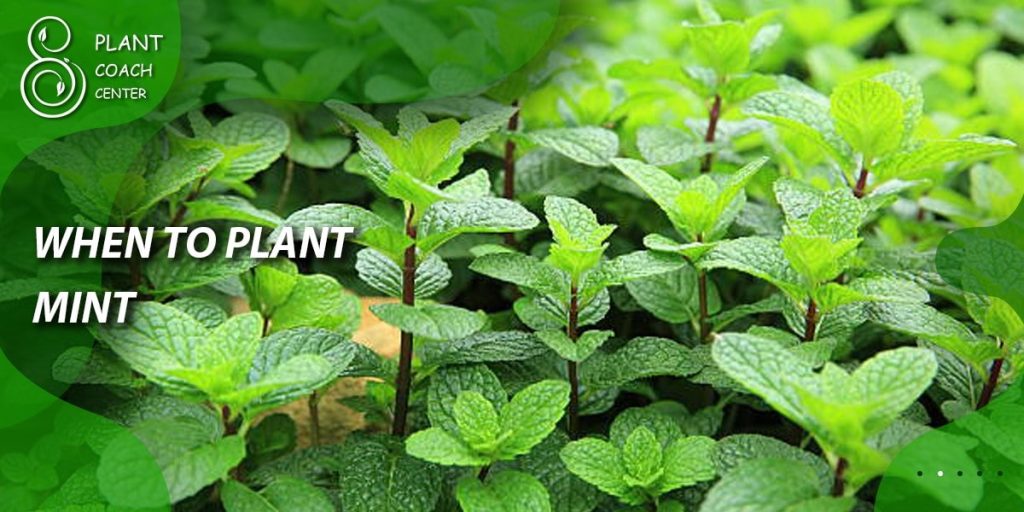
Understanding Mint
What is Mint?
Mint, scientifically known as Mentha, is a perennial herb belonging to the Lamiaceae family. It is characterized by its square stems, aromatic leaves, and small flowers. With over 25 different species, mint offers a variety of flavors and aromas, including peppermint, spearmint, and chocolate mint. Its versatile nature makes it popular in culinary, medicinal, and aromatic applications.
The Benefits of Growing Mint
Growing mint provides numerous benefits beyond its refreshing taste. In the culinary world, mint leaves are widely used in teas, cocktails, desserts, and savory dishes, adding a unique flavor and fragrance. Medicinally, mint is known for its digestive and soothing properties, aiding in relieving indigestion and promoting relaxation. Additionally, the aromatic qualities of mint make it a popular choice for essential oils and aromatherapy, offering a refreshing and invigorating scent.
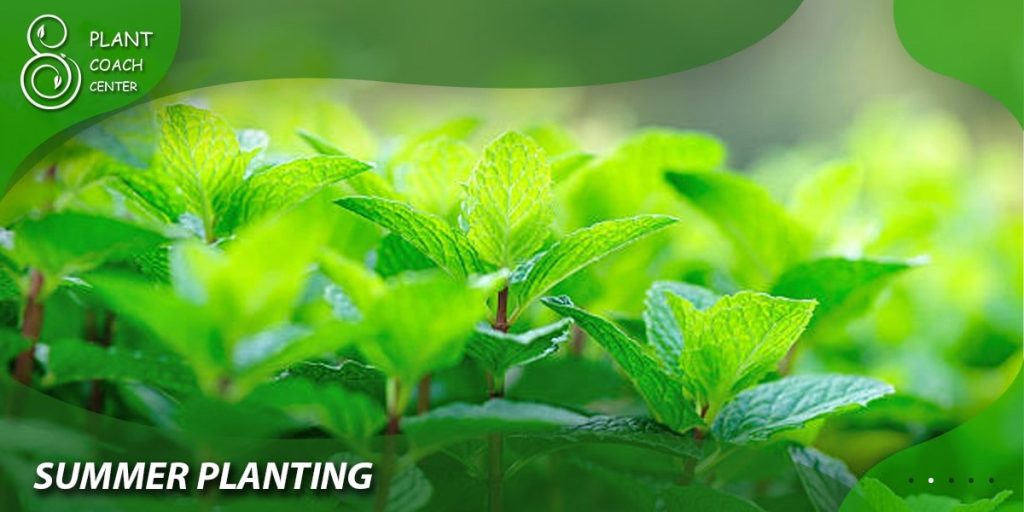
Factors Affecting Mint Planting Time
Climate Considerations
Mint thrives in temperate climates with moderate temperatures. It prefers a temperature range between 60°F (15°C) and 70°F (21°C). Before planting mint, consider your local climate and the specific temperature requirements of the mint variety you intend to grow. Adjusting the planting time based on your climate zone will help ensure optimal growth and vitality.
Soil Requirements for Mint
Mint flourishes in well-draining soil with a slightly acidic to neutral pH, ideally between 6.0 and 7.0. Prepare the planting area by loosening the soil and incorporating organic matter to improve drainage and fertility. Conduct a soil test to assess the pH level and make necessary amendments to create an ideal environment for mint growth.
Sunlight Needs for Mint
Mint plants thrive in partial to full sunlight. They require a minimum of 4-6 hours of direct sunlight each day for robust growth. When selecting the planting location, ensure it receives adequate sunlight. If you live in a region with intense heat, providing partial shade during the hottest part of the day can prevent stress and maintain the plant’s health.
Determining the Best Time to Plant Mint
Spring Planting
Spring is an excellent time to plant mint, especially after the last frost date in your area. As temperatures rise and the soil warms up, mint plants experience accelerated growth. Prepare the soil by removing any weeds and loosening it to facilitate root development. Choose healthy mint seedlings or start seeds indoors a few weeks before the last frost, transplanting them into the garden when the risk of frost has passed.
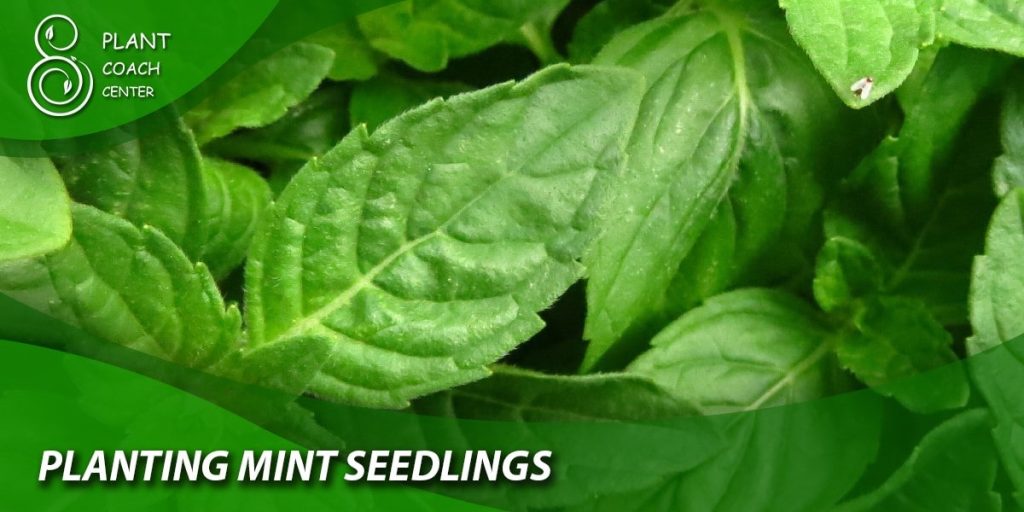
Summer Planting
While mint can be planted during the summer, it is important to consider the challenges associated with hotter temperatures. Extreme heat can stress the plant and lead to wilting or reduced growth. If planting in the summer, select a location that provides partial shade during the hottest hours of the day. Adequate irrigation and mulching will help retain moisture and keep the roots cool.
Fall Planting
Fall planting offers unique advantages for mint cultivation. As temperatures cool down, mint plants experience less stress and can establish strong root systems. Planting in the fall allows the mint to establish itself before winter, resulting in vigorous growth the following spring. Make sure to plant mint a few weeks before the first frost to provide ample time for root development.
Planting and Caring for Mint
Selecting Mint Varieties
Choose mint varieties that align with your intended use and growing conditions. Peppermint, spearmint, and chocolate mint are popular choices for culinary purposes, each offering distinct flavors. Other varieties like apple mint or pineapple mint provide unique aromas. Consider the growth habit and spreading tendencies of the mint variety when planning the planting area.
Preparing the Planting Area
Prepare the planting area by removing any weeds or grass. Loosen the soil to a depth of 8-10 inches and incorporate organic matter such as compost or well-rotted manure. This improves soil structure, aerates the soil, and enhances its ability to retain moisture. Smooth out the soil surface and create raised beds or mounds if your soil has poor drainage.
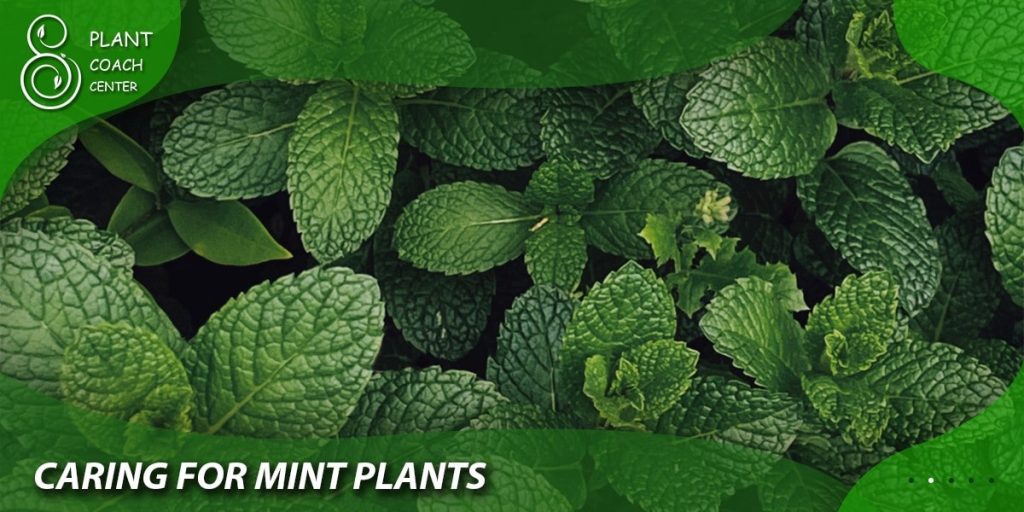
Planting Mint Seedlings
If using seedlings, dig holes that are slightly larger than the root ball of the seedling. Gently place the seedling into the hole, ensuring that the crown of the plant is level with the soil surface. Fill the hole with soil, firming it gently around the roots. Space the mint plants approximately 12-24 inches apart, as mint tends to spread vigorously.
Caring for Mint Plants
Watering: Mint requires regular watering to keep the soil consistently moist but not waterlogged. Water deeply once or twice a week, providing enough moisture to reach the root zone. Avoid overwatering, as it can lead to root rot and other diseases.
Fertilization: Mint benefits from regular fertilization to support its growth. Apply a balanced, slow-release fertilizer in the spring and mid-summer, following the manufacturer’s instructions. Avoid excessive nitrogen fertilizers, as they can promote excessive leaf growth at the expense of flavor.
Pruning: Regular pruning helps control the growth and maintain the shape of mint plants. Pinch off the tips of the stems regularly to encourage bushier growth. Harvesting the leaves regularly also serves as a form of pruning and helps promote new growth.
Pest Management: Mint is relatively resistant to pests and diseases. However, common pests like aphids, spider mites, and mint flea beetles can occasionally infest the plants. Monitor the plants regularly and take necessary measures such as handpicking pests or using organic insecticides if an infestation occurs.
Conclusion
Successfully growing mint begins with understanding the ideal planting time and providing suitable conditions. By considering climate, soil requirements, and sunlight needs, you can ensure the healthy growth of your mint plants. Regular care, including watering, fertilization, pruning, and pest management, will promote robust growth and flavorful leaves. Remember to harvest mint at the right time and maintain the plant to enjoy a continuous supply of this versatile herb. For further guidance and resources, be sure to visit plantcoachcenter.com.
Can mint be grown indoors?
Yes, mint can be successfully grown indoors. Choose a well-lit location near a window and provide regular watering.
How long does it take for mint to grow?
Mint typically starts to grow within 1-2 weeks after planting. With proper care, it can reach a harvestable size within 8-10 weeks.
Can mint be grown from cuttings?
Yes, mint can be propagated from stem cuttings. Select healthy stems, remove lower leaves, and place the cuttings in a container with water or moist soil.


